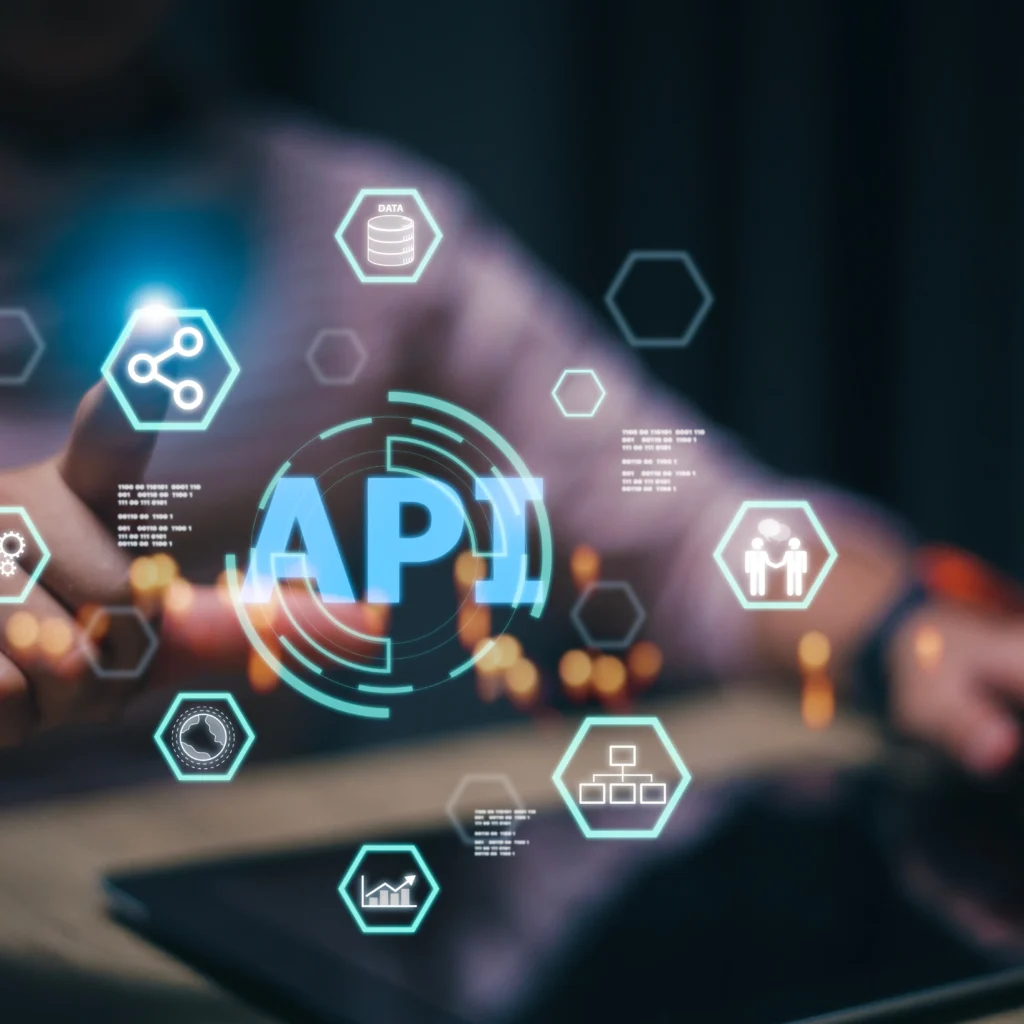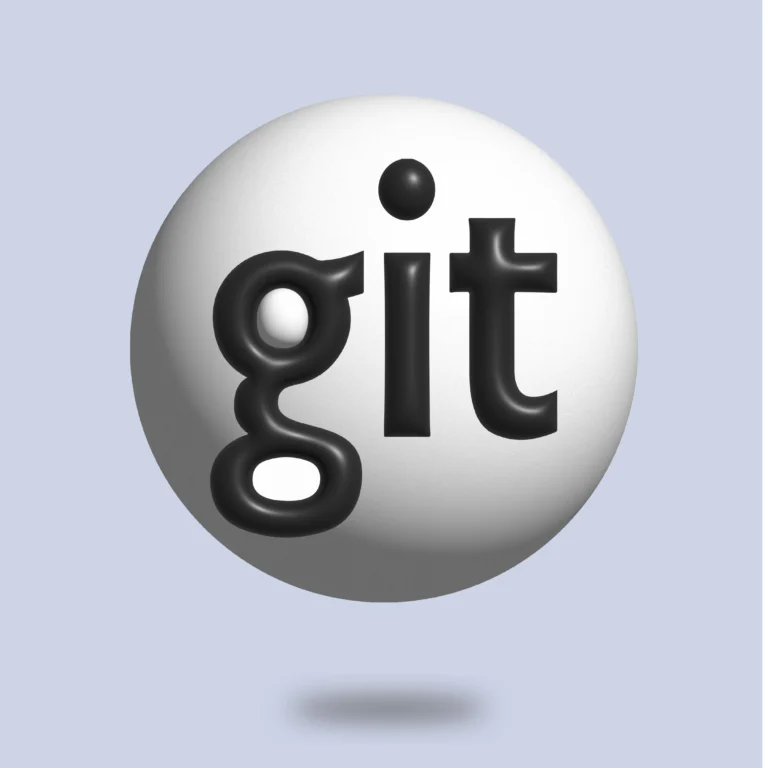REST vs GraphQL vs gRPC

REST (Representational State Transfer), GraphQL (Graph Query Language), and gRPC (gRPC Remote Procedure Call) are 3 of the most prominent API Technologies. It is necessary to factor in the pros and cons before deciding which one to select for your project.
In this article, we will know about each protocol’s concepts, benefits, and drawbacks to help you make an informed decision.
What is REST?
REST, introduced by Roy Fielding in his doctoral dissertation in 2000, is an architectural style for designing networked applications.
RESTful APIs use HTTP requests to perform CRUD (Create, Read, Update, Delete) operations.
The principles of REST are based on stateless communication, where each request from a client to a server must contain all the information needed to understand and process the request.
Benefits of REST
- Simplicity and Universality: REST is straightforward to understand and implement, leveraging standard HTTP methods (GET, POST, PUT, DELETE). It’s supported by virtually every programming language and platform.
- Statelessness: Since each request is independent, servers can handle requests efficiently without maintaining client state, leading to better scalability.
- Caching: REST APIs can leverage HTTP’s caching mechanisms to reduce server load and improve performance.
- Flexibility: REST allows for a flexible data format, typically JSON or XML, which can be easily parsed and understood.
Drawbacks of REST
- Over-fetching and Under-fetching: Clients often receive more data than needed (over-fetching) or need multiple requests to gather all necessary information (under-fetching).
- Rigid Structure: REST’s rigid endpoint structure can lead to issues when dealing with complex queries or rapidly evolving APIs.
- Performance Overhead: The stateless nature of REST can introduce performance overhead, especially in systems requiring real-time communication.
Recommended: Python FastApi and Graphql Tutorial
What is GraphQL?
Developed by Facebook in 2012 and open-sourced in 2015, GraphQL is a query language for APIs and a runtime for executing those queries.
Unlike REST, GraphQL allows clients to request the data they need, and nothing more.
There are 3 main types of operations in Graphql. These are queries, mutations, and subscriptions. To understand, let’s look at how these 3 types of operations are similar to other concepts.
- Queries are like GET requests in REST i.e. for fetching data.
- Mutations are like post operations in REST, for registering changes in the backend and database.
- Subscriptions are similar to web sockets for real-time communication.
Benefits of GraphQL
- Precise Data Fetching: Clients can specify exactly what data they need, reducing over-fetching and under-fetching. For example, when making a query, we can specify which fields we require and which fields are not required, by specifying them in the JSON schema.
- Single Endpoint: GraphQL uses a single endpoint for all interactions, simplifying client-server communication.
- Strongly Typed Schema: The schema defines all the possible queries and types, providing clear documentation and preventing invalid queries.
- Efficient Evolution: Adding new fields or types does not affect existing queries, making API evolution smoother.
Drawbacks of GraphQL
- Complexity: GraphQL introduces complexity in setting up and maintaining the schema, and it may require a learning curve for developers.
- Caching Challenges: Due to its flexible nature, traditional caching mechanisms are less effective, necessitating more sophisticated solutions.
- Overhead for Simple Operations: For simple CRUD operations, GraphQL may introduce unnecessary complexity compared to REST.
What is gRPC?
Developed by Google, gRPC (gRPC Remote Procedure Call) is a high-performance, open-source framework that uses HTTP/2 for transport, Protocol Buffers (protobuf) as the interface description language, and supports various authentication mechanisms. gRPC is designed for high-performance, low-latency communication between services.
Benefits of gRPC
- Performance: gRPC’s use of HTTP/2 and protobuf enables efficient, low-latency communication, making it ideal for real-time applications.
- Streaming: gRPC natively supports bi-directional streaming, allowing for real-time data exchange.
- Strongly Typed Contracts: Protocol Buffers define the contract between client and server, ensuring type safety and clear documentation.
- Cross-Language Compatibility: gRPC supports multiple languages, enabling interoperability in polyglot environments
Drawbacks of gRPC
- Complexity: Setting up gRPC involves more complexity, particularly in defining and maintaining Protocol Buffers.
- Browser Compatibility*: gRPC is not natively supported by browsers, requiring additional tools or gateways to enable browser-based clients.
- Learning Curve: Developers need to become familiar with Protocol Buffers and gRPC-specific concepts, which can slow down the initial development process
Use Cases and Considerations
When to Use REST
REST is an excellent choice for public APIs, simple CRUD operations, and scenarios where simplicity and universality are our main focus.
Its human-readable structure and widespread adoption make it suitable for a wide range of applications. Therefore, it is the most widely used API technology as compared to GraphQL and gRPC.
When to Use GraphQL
GraphQL shines in applications where precise data fetching is crucial, such as mobile or single-page applications (SPAs) with diverse data requirements.
It’s ideal for complex queries and evolving APIs, offering flexibility and efficiency.
When to Use gRPC
gRPC is the go-to choice for high-performance, real-time applications, such as microservices architecture, IoT, and communication between backend services.
It’s low latency and streaming capabilities make it ideal for scenarios requiring efficient and fast communication.
Conclusion
The particular use case, performance requirements, and development environment all play a role in selecting the best API protocol. For numerous applications, REST is still a reliable and adaptable choice, but GraphQL provides unparalleled flexibility and speed for retrieving data. Conversely, high-performance communication for real-time, low-latency applications is offered by gRPC.
Making an informed decision and ensuring that the communication layer of your application is suited for its intended usage requires an understanding of the advantages and disadvantages of each protocol. There is an API protocol that is ideal for you, regardless of your priorities: performance, versatility, or simplicity.
Talha is a seasoned Software Engineer with a passion for exploring the ever-evolving world of technology. With a strong foundation in Python and expertise in web development, web scraping, and machine learning, he loves to unravel the intricacies of the digital landscape. Talha loves to write content on this platform for sharing insights, tutorials, and updates on coding, development, and the latest tech trends






